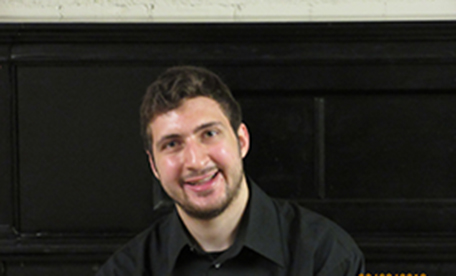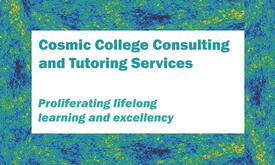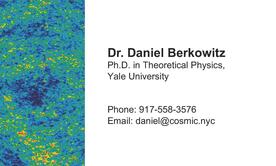
On August 31, 2021, Daniel Berkowitz successfully defended the thesis “The Development of Mathematical Methods for Tackling Problems in Non-Perturbative Quantum Field Theory, Cosmology, and Gravity”. (Advisors: George Fleming and Vincent Moncrief).
Berkowitz on his research and future plans, “There are very important problems in physics that cannot be adequately tackled using perturbation theory. One such problem is phi-4 theory at its strongly coupled Wilson-Fisher critical fixed point, which is expected to be in the same universality class as the critical 3D Ising model, liquid-vapour transitions, and phase transitions in uniaxial magnets. To remedy this, for my dissertation, I further developed two techniques to study certain non-perturbative problems in physics, the Quantum Finite Elements (QFE) and the Euclidean-signature semi classical method (ESSCM). The QFE is a method for formulating lattice field theories on curved Riemannian manifolds that may possess a finite volume; while the (ESSCM) is a methodology for solving certain Lorentzian signature problems in terms of their analogues in Euclidean-signature.
For my thesis work I figured out how to formulate the Laplacian on a simplicial approximation of the 3-sphere. The 3-sphere is the four-dimensional analogue of the ordinary 2-sphere that one can hold in the palm of their hand in ordinary three spatial dimensions. By successfully constructing a Laplacian on a simplicial approximation of the 3-sphere that converges to its known continuum limit, I have set the groundwork for applying the QFE to strongly coupled quantum field theories that live on higher dimensional curved Riemannian manifolds. I also used data obtained from the conformal bootstrap to compute an estimate of the Binder cumulant for the critical 3D Ising model on the 3-sphere. Using the (ESSCM) I was able to prove that a countably infinite number of excited states exist for the quantum Taub models when a cosmological constant is present. By doing so I showed its applicability to a new class of finite dimensional systems.
After graduate school I will continue to work with George to test and further develop the QFE by applying it to phi-4 theory at its Wilson-Fisher critical fixed point on a 3-sphere. In particular we will compare what the QFE predicts for the Binder cumulant for the universality class of the critical 3D Ising model to the prediction I previously obtained using data extracted from the conformal bootstrap. This will pave the way to potentially studying two-dimensional condensed matter systems such as graphene sheets, four-dimensional gauge theories for beyond the standard model, strong dynamics, and other non-trivial problems using the QFE. Furthermore I’m starting a college consulting firm known as “Cosmic College Consulting.” I’m also applying for postdocs that start in the Fall of 2022 in a variety of fields of physics such as biophysics, statistical physics, lattice field theory, quantum/classical gravity, and cosmology.”
Thesis Abstract: We have extended two recently developed theoretical methods, the Quantum Finite Elements (QFE) and the Euclidean-signature semi-classical method (ESSCM). The QFE is a technique for constructing lattice field theories (LFTs) on curved Riemannian manifolds. We extended the applicability of the QFE to formulating LFTs on certain three dimensional Riemannian manifolds such as the 3-sphere. This was done by first constructing a novel simplicial approximation to the 3-sphere. Then, after correctly computing the weights of the links and vertices that make up this simplicial complex, we defined a Laplacian on it, whose low lying spectrum was observed to approach the known continuum limit as we further refined our complex. To facilitate a comparison between the QFE and the bootstrap, we calculated an estimate of the fourth-order Binder cumulant using CFT data extracted from the conformal bootstrap.
The ESSCM is a methodology for facilitating the use of already known mathematical theorems/results to approach Lorentzian signature problems in bosonic field theory and quantum gravity in terms of their Euclidean-signature analogs. We further developed this method by applying it in a novel fashion to quantum cosmological models with matter sources. In particular, for the Taub models, we proved for the first time the existence of a countably infinite number of well behaved ‘excited’ state solutions when a cosmological constant is present. Both methods are promising and have applications for field theory, beyond standard model physics, and quantum gravity.

